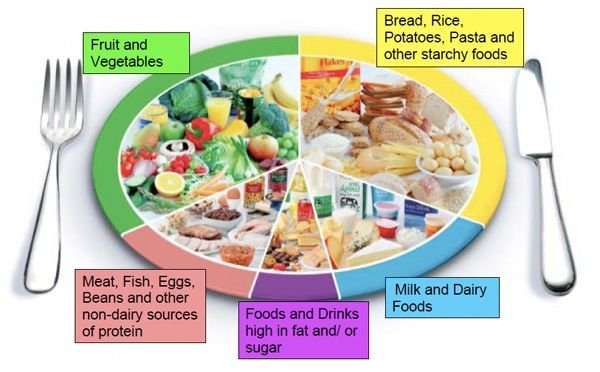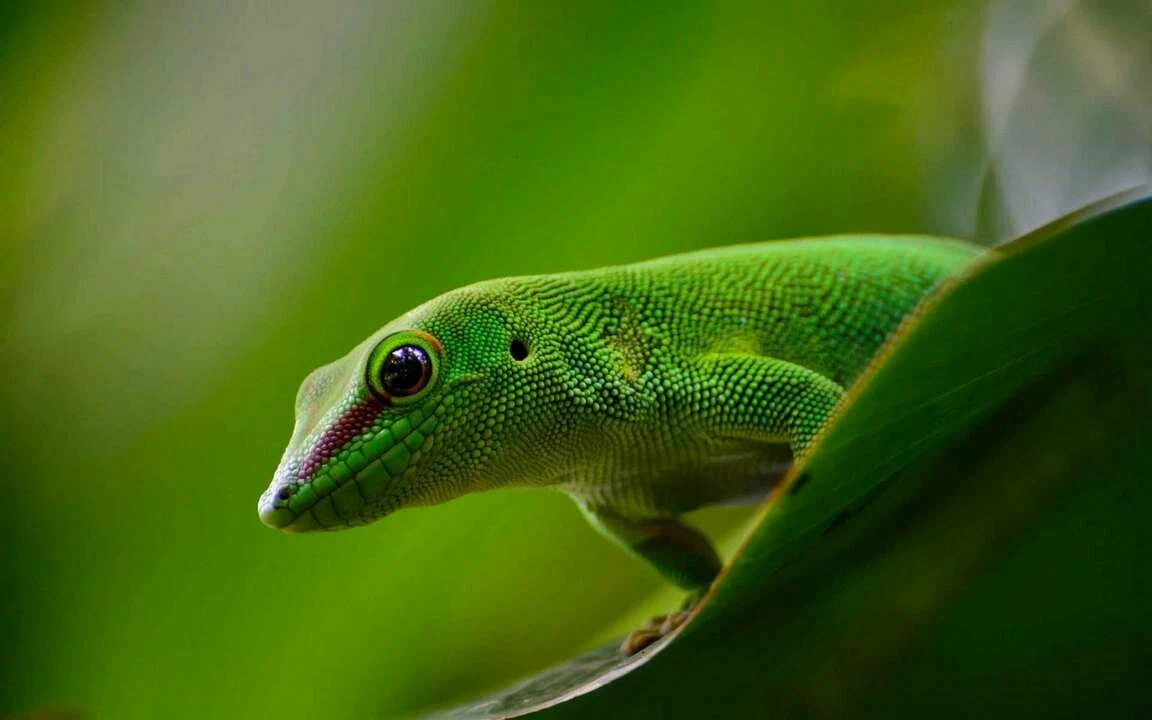Reptiles and amphibians are often grouped together due to their shared characteristics as cold-blooded vertebrates. However, these two classes of animals have distinct differences that set them apart in terms of biology, behavior, and habitat. Understanding these differences not only deepens our appreciation for their unique adaptations but also highlights the diversity of life on Earth. Let’s explore the key differences between reptiles and amphibians.
1. Skin and Scales: Protective Layers
One of the most noticeable differences between reptiles and amphibians lies in their skin.
- Reptiles: Reptiles have dry, scaly skin that helps prevent water loss. Their scales are made of keratin, the same protein found in human hair and nails. This adaptation allows them to thrive in arid environments.
- Amphibians: Amphibians have smooth, moist skin that is permeable to water and gases. This allows them to breathe through their skin, a process called cutaneous respiration. However, it also makes them highly dependent on moist environments to avoid dehydration.
Habitat Preferences: Land vs. Water
Reptiles and amphibians have different habitat requirements, reflecting their evolutionary adaptations.
- Reptiles: Reptiles are primarily terrestrial, although some, like turtles and crocodiles, live in or near water. Their scaly skin and efficient kidneys enable them to conserve water, making them well-suited for dry environments.
- Amphibians: Amphibians are closely tied to water, especially during their early life stages. Most amphibians lay their eggs in water, and their larvae (like tadpoles) are aquatic. Even as adults, many amphibians remain near water to keep their skin moist.
Reproduction and Life Cycle: Metamorphosis vs. Direct Development
The reproductive strategies and life cycles of reptiles and amphibians are fundamentally different.
- Reptiles: Reptiles typically lay eggs with leathery shells on land, although some species give birth to live young. Their young are miniature versions of adults and do not undergo metamorphosis.
- Amphibians: Amphibians usually lay soft, jelly-like eggs in water. Their life cycle includes a dramatic metamorphosis, where larvae (like tadpoles) transform into adults. For example, a tadpole develops legs, loses its tail, and transitions from an aquatic to a terrestrial lifestyle.
Respiration: Lungs, Skin, and Gills
Reptiles and amphibians have different respiratory systems adapted to their lifestyles.
- Reptiles: Reptiles rely primarily on lungs for breathing. Their lungs are more developed than those of amphibians, allowing them to efficiently extract oxygen from the air. Some reptiles, like snakes, have elongated lungs to accommodate their body shape.
- Amphibians: Amphibians use a combination of lungs, skin, and gills for respiration. While adult amphibians have lungs, they also rely heavily on cutaneous respiration (breathing through their skin). Larval amphibians, like tadpoles, use gills to breathe underwater.
Body Temperature Regulation: Ectothermy
Both reptiles and amphibians are ectothermic, meaning they rely on external sources to regulate their body temperature. However, their strategies differ slightly.
- Reptiles: Reptiles are better adapted to regulate their body temperature through behavior, such as basking in the sun or seeking shade. Their scaly skin helps retain heat, allowing them to thrive in a wider range of environments.
- Amphibians: Amphibians are more limited in their ability to regulate body temperature due to their permeable skin. They are highly dependent on their environment to maintain optimal body temperature, which is why they are often found in moist, temperate habitats.
Defense Mechanisms: Survival Strategies
Reptiles and amphibians have evolved unique ways to protect themselves from predators.
- Reptiles: Many reptiles rely on physical defenses, such as tough scales, shells (in turtles), or venom (in snakes). Some, like chameleons, can change color to blend into their surroundings.
- Amphibians: Amphibians often use chemical defenses, secreting toxins through their skin to deter predators. For example, poison dart frogs produce potent toxins that can be deadly to predators.
Diet and Feeding Habits
Reptiles and amphibians have different dietary preferences and feeding strategies.
- Reptiles: Reptiles are primarily carnivorous, although some, like iguanas, are herbivorous. They have strong jaws and teeth adapted for capturing and consuming prey.
- Amphibians: Amphibians are mostly carnivorous, feeding on insects, worms, and small animals. Their sticky tongues and quick reflexes make them efficient hunters.
Evolutionary History: Ancient Lineages
Reptiles and amphibians have distinct evolutionary histories that have shaped their characteristics.
- Reptiles: Reptiles evolved from amphibians around 320 million years ago. They developed adaptations like scaly skin and amniotic eggs, which allowed them to colonize terrestrial environments more effectively.
- Amphibians: Amphibians were the first vertebrates to transition from water to land around 370 million years ago. However, they remain closely tied to aquatic environments due to their reproductive and respiratory needs.
Conclusion
While reptiles and amphibians share some similarities as cold-blooded vertebrates, their differences are profound and reflect their unique evolutionary paths. From their skin and habitat preferences to their reproductive strategies and defense mechanisms, these two groups of animals showcase the incredible diversity of life on Earth. By understanding the key differences between reptiles and amphibians, we gain a deeper appreciation for their roles in ecosystems and the challenges they face in a changing world.









